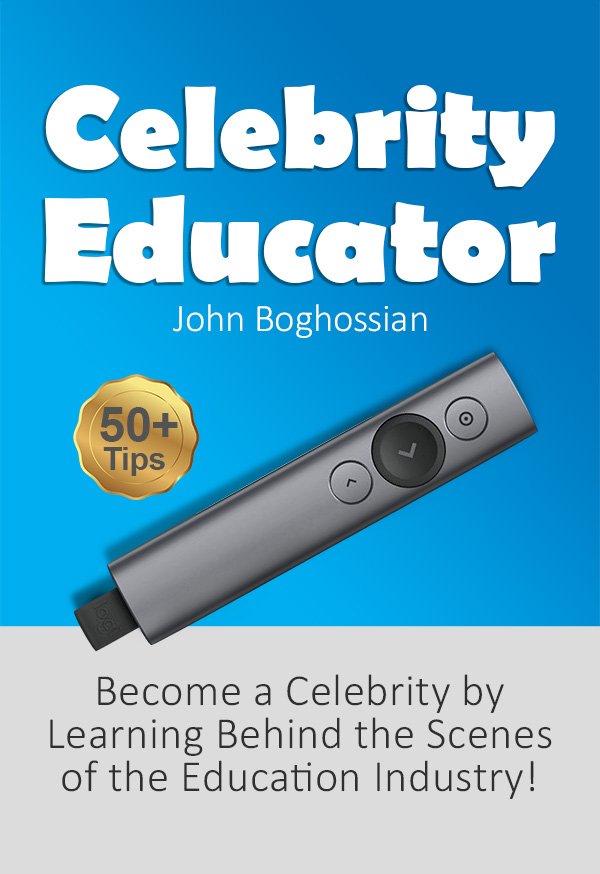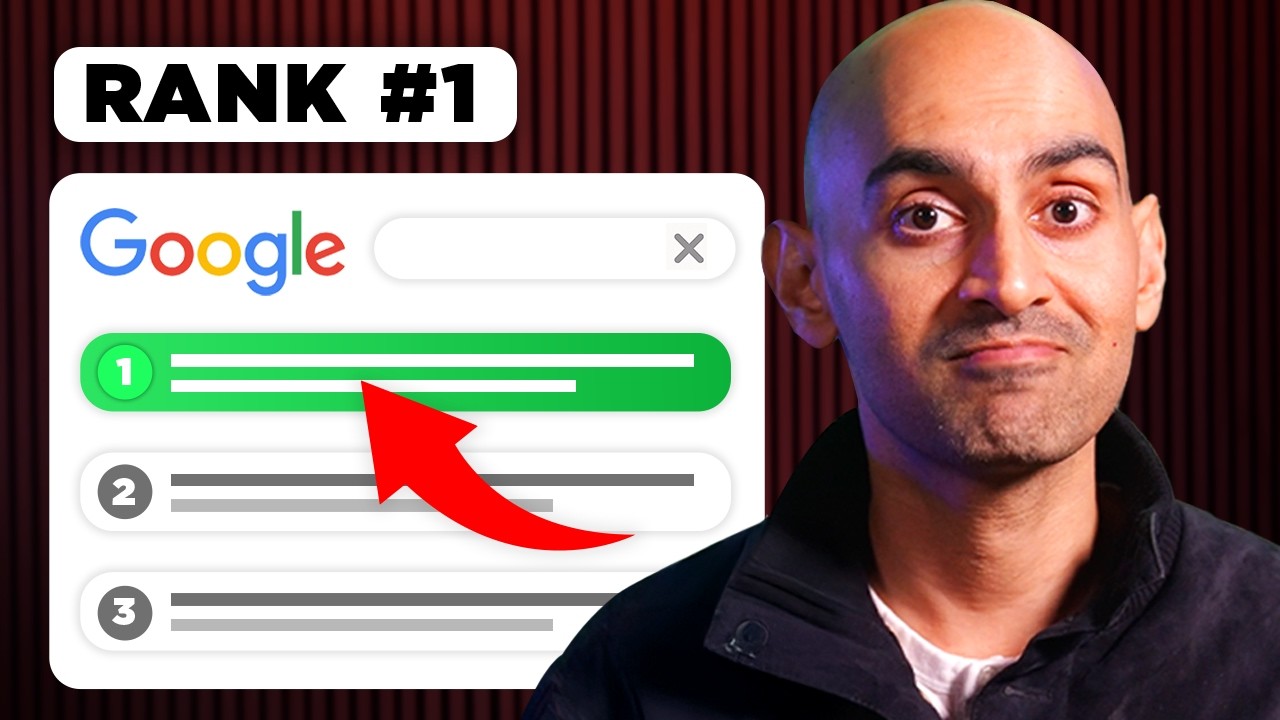Contents
Content planning is crucial for effective communication and audience engagement. By creating a well-structured content calendar, you can ensure that your messaging remains consistent and timely, which in turn fosters trust and loyalty among your audience. This blog post will guide you through the process of developing and implementing a content calendar that meets your specific needs, helping you to streamline your information delivery and maintain your brand’s integrity over time.
Key Takeaways:
- Establish a clear schedule that outlines when and what content will be published, ensuring regular engagement with your audience.
- Incorporate diverse content types and themes to keep the audience interested and address various aspects of your niche or industry.
- Regularly review and adjust the calendar based on performance analytics and audience feedback to optimize content effectiveness.
Importance of a Content Calendar
The significance of a content calendar cannot be overstated. It serves as a roadmap that helps you plan, organize, and execute your content strategy effectively. With a well-structured calendar, you can ensure timely delivery of information to your audience, which ultimately strengthens your brand presence and enhances engagement.
Enhancing Consistency
Bespoke content calendars enhance your consistency in posting and messaging. By adhering to a schedule, you ensure your audience knows when to expect new content, which helps build trust and anticipation. This reliability encourages your followers to engage more frequently, knowing that they can count on your updates to be regular and informative.
Streamlining Workflow
Content calendars streamline your workflow by providing a clear overview of your content creation process. You can easily assign tasks, set deadlines, and track progress, ensuring that each piece of content aligns with your overall strategy. This organized approach reduces the chance of last-minute rushes and enables better collaboration among team members.
At its core, a streamlined workflow means you can spend more time focusing on creativity rather than scrambling to meet deadlines. When you plan your content in advance, you gain the ability to allocate resources efficiently. This not only minimizes stress and enhances productivity, but it also allows you to dedicate more time to quality content creation. By maintaining this organized approach, your team can be more proactive, resulting in higher-quality output and more impactful messaging.
Key Components of a Content Calendar
Any effective content calendar consists of various key components that ensure successful planning and execution. Essential elements include goal-setting, target audience identification, content types, scheduling, and performance analysis. For advice on how do you create a content calendar that actually works, consider each of these components carefully for a streamlined approach.
Content Types and Formats
Above, you will find various content types and formats that you can incorporate into your calendar:
| Blog Posts | Long-form articles that provide in-depth information. |
| Social Media Updates | Short posts promoting content or engagement initiatives. |
| Infographics | Visual representations of information for easy understanding. |
| Videos | Dynamic content for storytelling or tutorials. |
| Podcasts | Audio content addressing topics of interest. |
- Understand your audience
- Mix content types to maintain interest
- Measure performance to refine tactics
This variety keeps your content fresh and engaging.
Scheduling and Frequency
Across the development of your content calendar, scheduling and frequency play a pivotal role in ensuring consistency. An organized timeline helps you maintain a steady flow of information that resonates with your audience, keeping them engaged and informed.
Consequently, establishing a realistic frequency for your content is vital. Whether you opt for daily, weekly, or monthly postings, it is important to find a balance that suits your capacity and audience preferences. Consistent delivery will bolster your credibility and strengthen your connection with your audience over time.
Tools for Creating a Content Calendar
All successful content strategies start with a well-structured content calendar. With the right tools, you can streamline your process and ensure consistent information delivery. For a comprehensive approach, refer to this complete guide to content calendar creation that covers everything you need to know about the best practices and tools available.
Digital Tools and Software
Above all, digital tools and software have transformed how you can design and manage your content calendar. Platforms like Trello, Asana, and Google Sheets allow you to collaborate, set deadlines, and organize your posts efficiently, ensuring that your content aligns seamlessly with your marketing strategy.
Traditional Methods
Calendar planning can also be achieved through traditional methods that offer a more tactile approach. You might prefer using a physical planner, whiteboard, or spreadsheets to visualize your content schedule effectively.
Also, traditional methods allow for flexibility and a personal touch. You can mark important dates and easily adjust your plans as needed without the tech distractions. Using a wall calendar or planner can facilitate a broader perspective on your upcoming content, helping you stay on track and organized throughout the month.
Best Practices for Maintaining Your Calendar
Unlike a traditional plan that can stagnate, your content calendar should be a dynamic tool that evolves alongside your business objectives and audience preferences. Consistently evaluating and adapting your calendar will ensure it remains aligned with your goals while delivering relevant content. Integrating flexibility allows for proactive adjustments based on emerging trends or audience feedback, so you can stay ahead in your information delivery.
Regular Updates and Reviews
Practices such as monthly reviews and adjustments to your calendar can significantly enhance its effectiveness. Set aside time to assess your scheduled content against performance metrics and audience engagement. This enables you to discard what isn’t working and double down on successful tactics, keeping your content fresh and relevant.
Engaging with Your Audience
Engaging with your audience creates a stronger connection and helps tailor your content to their interests. Use social media, surveys, and direct feedback tools to gather insights, ensuring your content remains engaging and valuable to your readers.
Plus, actively encouraging dialogue through comments or social media platforms fosters a sense of community around your brand. By responding to questions and incorporating audience feedback into your calendar, you can create a more personalized experience that resonates with your followers, enhancing loyalty and engagement over time.
Analyzing and Adjusting Your Strategy
To effectively enhance your content calendar, regular analysis and adjustments to your strategy are necessary. Tracking performance helps you identify what resonates with your audience, allowing you to refine your approach based on actual data. By staying attuned to trends and feedback, you can ensure that your content remains relevant and engaging, ultimately fostering a stronger connection with your audience.
Metrics to Track Success
Any content strategy should involve tracking key metrics to determine success. Focus on metrics such as engagement rates, website traffic, social shares, and conversion rates to gauge the effectiveness of your content. These indicators provide insights into what content types perform best, allowing you to optimize future posts based on solid evidence rather than speculation.
Adapting to Audience Feedback
For your content strategy to succeed, it’s important to be open to your audience’s feedback. Actively seeking and analyzing their input can provide valuable insights into their preferences and interests, enabling you to tailor your content more effectively. By adjusting your strategy in response to their suggestions, you can cultivate a more engaged and loyal audience base.
Consequently, incorporating audience feedback can lead to a more dynamic content calendar. By regularly soliciting opinions through surveys, comments, or social media interactions, you gather valuable insights that can significantly enhance your content. Adapting your strategy based on this feedback shows your audience that their opinions matter, fostering a sense of community and ensuring that your content evolves in line with their interests and needs.
To wrap up
Drawing together all the insights on developing a content calendar, you can enhance your strategy for consistent information delivery. By planning ahead, organizing your topics, and scheduling your posts effectively, you will engage your audience more reliably and maintain their interest over time. Ensure you regularly review and adjust your calendar to reflect evolving trends and audience feedback, allowing for a dynamic approach to content creation. Ultimately, your commitment to a structured content calendar will pave the way for successful and effective communication with your audience.








